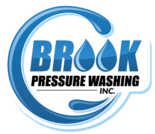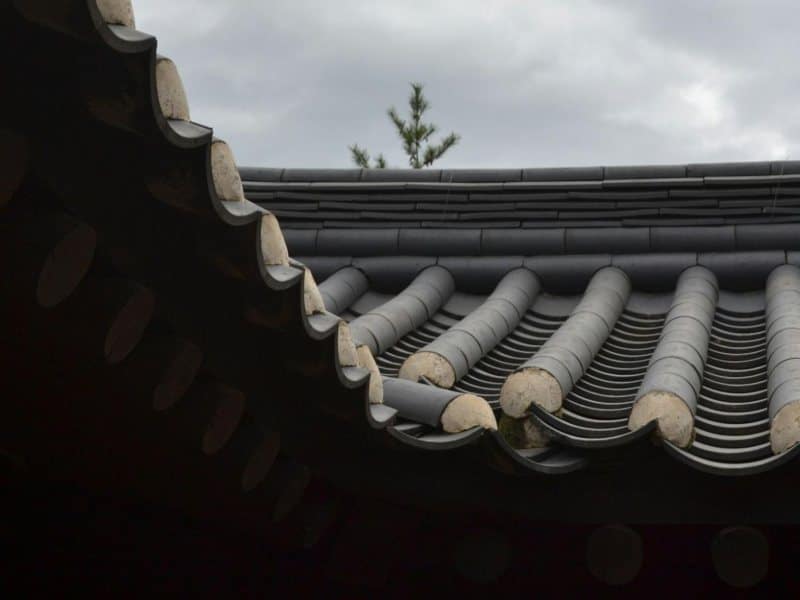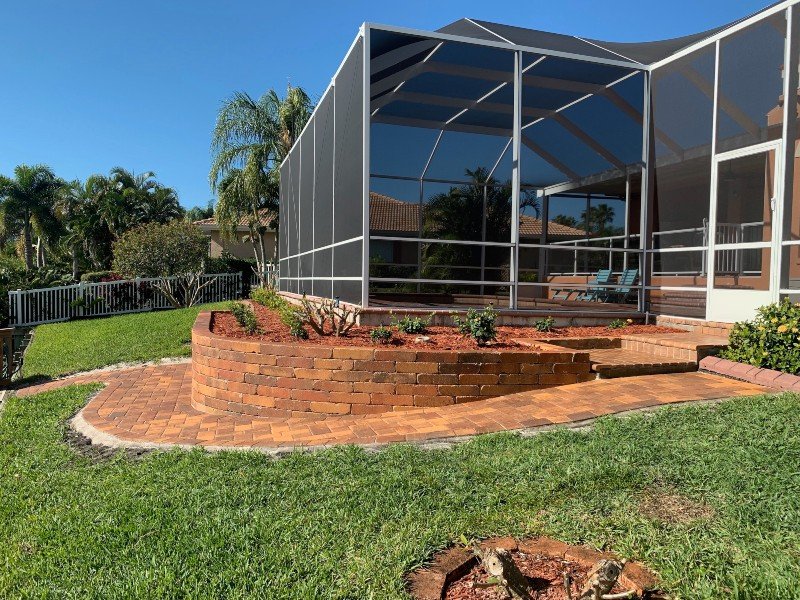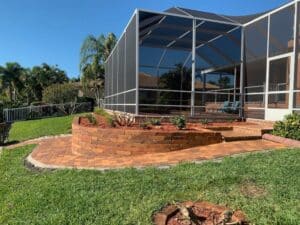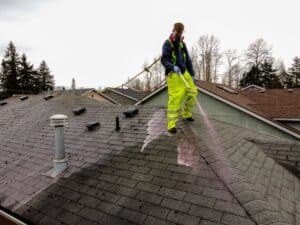When it comes to roof maintenance, regular cleaning is essential to preserve its appearance and functionality. A well-maintained roof can last longer, reduce repair costs, and enhance your property’s curb appeal. However, the question of how often to wash your roof can depend on various factors, including climate, roofing material, surrounding environment, and the presence of algae or moss. Here, we’ll break down the key factors to consider to help you determine the ideal frequency for washing your roof.
Climate and Weather Conditions
Our friends at Xcellent Xteriors explain how the climate where you live plays a significant role in determining how often you should wash your roof. For instance:
- Humid or Rainy Climates: In regions with high humidity or frequent rainfall, algae, mold, and mildew are more likely to grow on your roof. These organisms feed on the limestone filler in shingles, which can lead to discoloration and structural damage over time. If you live in a humid climate, you might need to wash your roof annually or even semi-annually to prevent growth and maintain its appearance.
- Dry or Arid Climates: In contrast, roofs in dry climates accumulate less moisture, which reduces the growth of algae and moss. However, dust, dirt, and debris can still accumulate over time. In these areas, a roof wash every 2-3 years may be sufficient.
- Seasonal Changes: Seasonal changes can also impact your roof’s cleanliness. For example, if you live in a region with a distinct fall season, fallen leaves and organic debris may build up on the roof, particularly if you have nearby trees. In this case, washing your roof after the fall season may be a good practice to prevent moisture retention and decay.
Roofing Material
Different roofing materials require different cleaning frequencies and methods. Common materials like asphalt shingles, metal roofing, tile, and wood each have their care requirements:
- Asphalt Shingles: These are prone to algae growth, which appears as black streaks on the roof. Asphalt shingle roofs usually benefit from a cleaning every 1-2 years, especially in areas with higher humidity.
- Metal Roofing: Metal roofs are relatively low-maintenance and resistant to mold and algae growth, but they can still accumulate dirt and debris. They may only need to be washed every 3-5 years, depending on environmental factors.
- Tile Roofing: Tile roofing is durable but can host algae and moss in areas with high humidity or shade. A roof wash every 1-2 years may be necessary in these conditions.
- Wood Shakes and Shingles: Wood roofs are highly susceptible to moss, algae, and mold, especially in shaded areas. Wood shingles may require washing every year or even twice a year to prevent decay and preserve the roof’s integrity.
Presence of Trees and Other Vegetation
The proximity of trees and other vegetation around your roof can influence how often you should wash it. Trees provide shade and can increase moisture retention on the roof, which encourages the growth of algae, moss, and lichen. Leaves, branches, and other debris can also accumulate on the roof, clogging gutters and causing water backup.
If you have overhanging trees, you may need to clean your roof at least once a year. Consider trimming back any branches that hang directly over the roof, as this can reduce the amount of debris that falls onto it and allow more sunlight to reach the surface, which naturally inhibits mold and moss growth.
Algae, Moss, and Lichen Growth
Algae, moss, and lichen not only affect the appearance of your roof but can also cause structural damage if left unchecked. Algae appear as dark stains or streaks, particularly on asphalt shingle roofs, and can degrade the materials over time. Moss holds moisture, which can weaken shingles, and lichen can erode the roof surface as it attaches itself.
If you notice signs of algae, moss, or lichen growth, it’s best to schedule a roof washing as soon as possible. An annual wash may be necessary in areas prone to these issues, but in some cases, a bi-annual cleaning may be needed to keep growth at bay.
The Type of Cleaning Solution and Method
The type of cleaning solution and method you use on your roof can impact how often it needs to be washed. There are two primary methods for roof cleaning: power washing and soft washing.
- Soft Washing: Soft washing is a low-pressure method that uses biodegradable cleaning solutions to gently remove stains, algae, and other buildup. It’s ideal for delicate roofing materials like asphalt shingles and tiles. This method is gentler on the roof and provides longer-lasting results, so you may only need to soft wash every 1-2 years in most cases.
- Power Washing: Power washing uses high-pressure water to remove debris and stains but can be too harsh for many roofing materials, especially if done frequently. While it may be effective for tough stains or heavily soiled roofs, power washing is generally not recommended for routine cleaning, as it can strip protective granules from asphalt shingles and damage the roof’s surface.
Roof Age and Condition
An older roof may require more frequent cleaning than a newer one. Older roofs are often more susceptible to moss, algae, and lichen growth, as well as staining from dirt and debris. If your roof is nearing the end of its lifespan, you may find that washing it every 6-12 months helps preserve its appearance and delay the need for a replacement.
Homeowner’s Association (HOA) Requirements
If you live in a community with a homeowner’s association, there may be guidelines regarding roof maintenance. Some HOAs require homeowners to maintain a clean roof to keep the community looking its best. Check with your HOA to see if there are specific requirements on how often your roof should be cleaned.
In Summary
Several factors determine how often you should wash your roof, including climate, roofing material, surrounding vegetation, and the presence of algae or moss. In general:
- Annual Cleaning: Recommended for homes in humid climates, areas with lots of trees, and for roofs prone to algae and moss growth.
- Every 2-3 Years: Suitable for homes in drier climates with minimal vegetation and for metal or tile roofs that are more resistant to buildup.
- Bi-Annual Cleaning: Necessary in cases of heavy tree cover, high humidity, or rapid algae growth.
Regular roof cleaning protects your investment, improves curb appeal, and helps ensure your roof lasts as long as possible. Working with a professional cleaning service can ensure safe and effective results, helping you enjoy a clean, attractive, and durable roof for years to come.
